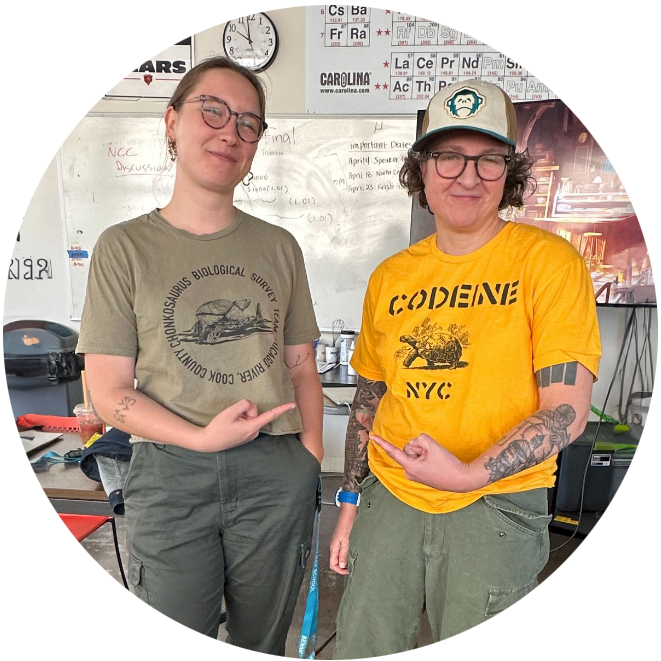School Shouldn’t Suck: Bennett Day School Teachers Share Project-Based Learning Strategies at BOOST Conference
What if school didn’t have to suck? That’s the question posed by Dr. Shannon Hurst, Upper School Science Teacher, and Alex Modica, Upper School Humanities Teacher, during their presentation at the 2024 BOOST Conference. The approach to project-based learning (PBL) at Bennett Day School is not only making school engaging, but it’s also fostering deeper learning, collaboration, and real-world impact.
Project-Based Learning: The Antidote to Disengagement
Even before the pandemic, schools and educators struggled with student engagement. For example, Gallup’s research on student engagement indicates a significant need for more active and engaging educational approaches like PBL. A 2019 poll from the firm found that only about one-third of students reported feeling engaged in school.
Hurst and Modica encourage educators to address the common complaints students have about traditional education: “This doesn’t matter,” “I’m bored,” and “I’m just a number.” They argued that PBL is the antidote to these issues. By centering learning around challenging questions and authentic projects, PBL ignites student curiosity and empowers them to take ownership of their education.
The Bennett Weather Project: A PBL Success Story
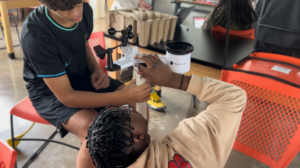
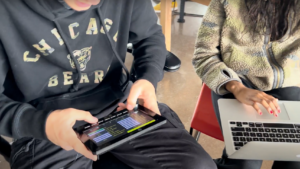
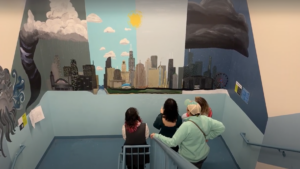
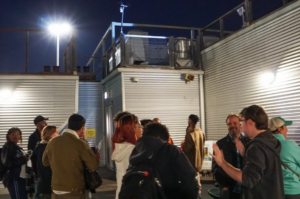
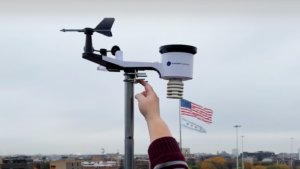
The teachers highlighted a recent PBL project at Bennett Day School, where students built a functioning weather station and created a weather-themed mural. This project, a collaboration between science and humanities classes, exemplified the key principles of PBL:
- Sustained Inquiry: Students spent 12 weeks immersed in the project, conducting research, visiting labs, and interviewing experts.
- Authenticity: Students worked with real-world tools and data, and the school now uses their weather station and contributes to scientific research.
- Student Voice & Choice: Students had agency over their learning, choosing research topics and project formats that aligned with their interests.
- Reflection & Critique: Students regularly reflected on their progress, received feedback, and iterated on their work.
- Public Product: Students had the opportunity to present their work to the community at Demo Night, an essential part of the PBL process that allows students to ‘show what they know‘ in a high-stakes environment.
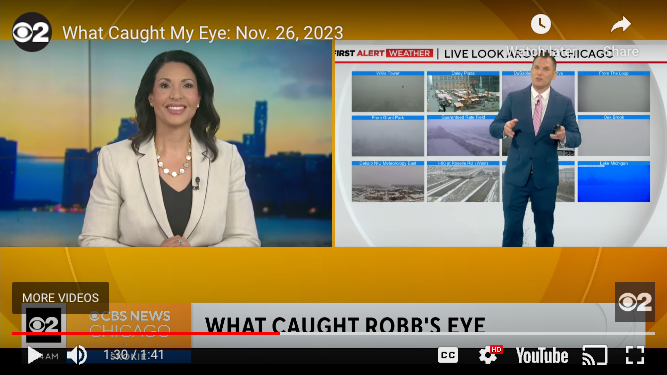
CBS2 Chicago’s Robb Ellis showcases the Bennett Day School Weather Station on the “What Caught My Eye” segment of the news.
Student Voices: The Impact of PBL
The success of Bennett’s PBL approach is evident in the reflections of their students. In a video shared during the presentation, students expressed enthusiasm for the project, highlighting how it fostered collaboration, creativity, and a deeper understanding of weather’s impact on their lives.
Beyond the Project: Benefits of Interdisciplinary Curriculum
Hurst and Modica emphasized that PBL’s benefits extend far beyond the completion of a single project. By integrating multiple disciplines, PBL fosters:
- Holistic Understanding: Students see connections between subjects, gaining a more comprehensive view of the world.
- Enhanced Critical Thinking: Students tackle complex problems, analyze information from various sources, and evaluate multiple solutions.
- Real-World Relevance: Projects connect to real-world issues, making learning more meaningful and applicable.
- Collaborative Skills Development: Students learn to work effectively in teams, honing communication, compromise, and leadership skills.
- Cultivating Empathy and Global Awareness: Projects often address social issues, fostering empathy and understanding of diverse perspectives.
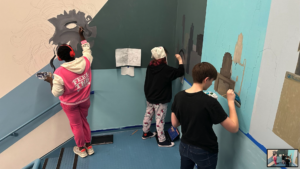
Key Takeaways for Educators
Some practical advice for educators interested in implementing PBL:
- Start with a Compelling Question: A thought-provoking question will drive student inquiry and engagement.
- Consider Student Needs: Design projects that cater to diverse interests and learning styles.
- Collaborate with Colleagues: Interdisciplinary collaboration can enrich the PBL experience.
- Embrace the Messiness: PBL is not always a linear process; be prepared for unexpected challenges and celebrate the learning that emerges from them.
The Bennett Day School presentation at the BOOST Conference served as a powerful reminder that school doesn’t have to suck. By embracing project-based learning, educators can transform classrooms into vibrant spaces where students are actively engaged, collaborating, and making a real difference in their communities. As the evidence shows, PBL not only makes school more enjoyable but also leads to better academic outcomes, making it a win-win for both students and teachers.
